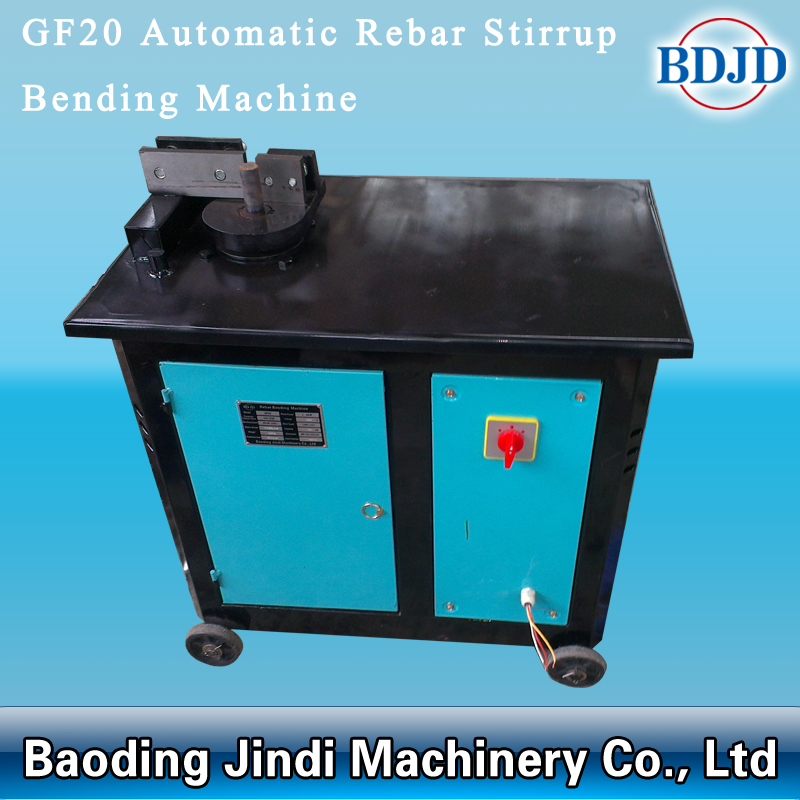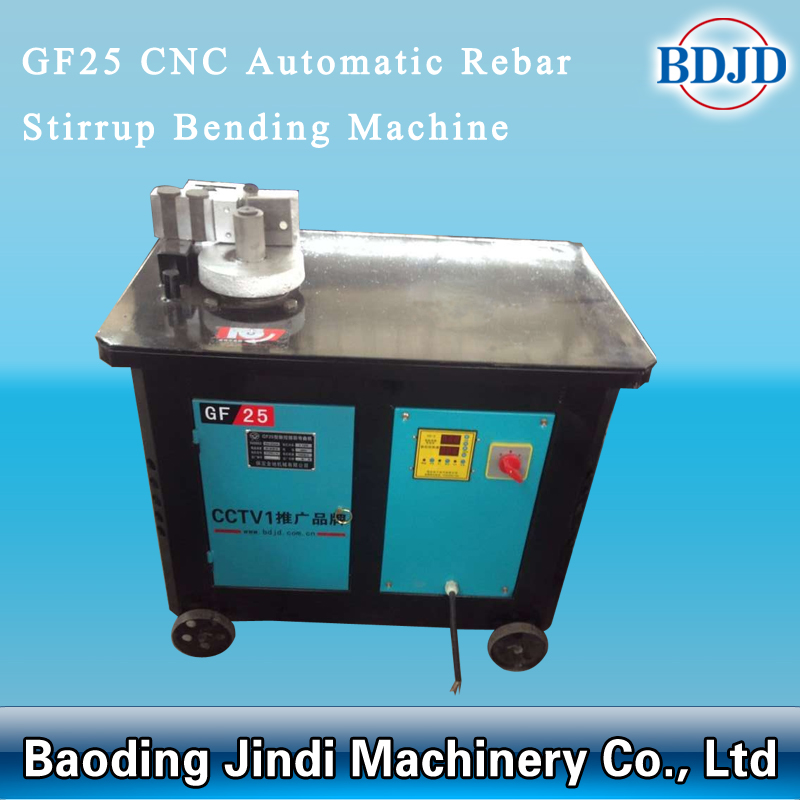Today, with the rapid development of the world, our dependence on biomass particles is getting higher and higher, and energy has become a basic substance that restricts the country's economic development. As a primary energy source, petrochemical energy has not been regenerated due to limited storage, which has attracted the attention of all countries in the world. As a renewable resource, biomass particles play an important role in petrochemical alternative energy. The development of biomass energy can not only supplement the shortage of petrochemical energy, but also generate significant environmental benefits and help protect the environment. The conversion of loose biomass particles into solid fuel by solid state forming technology is a highly efficient, simple and practical form of utilization of biomass particles. China has abundant biomass particles, which is also an advantage of China's relative foreign countries. It provides a wide range of raw material guarantees for the utilization of material energy. Although China's research and development in this technical field started late, with the increasing market and environmental demand, the formation factors of graduated material pellet fuel have greatly promoted the development of China's biomass solidification molding technology and its equipment. effect.
First, the molding humidity
Appropriate humidity can promote the formation of granules. Generally, different materials have different humidity, and should be affected by temperature components. The humidity of suitable raw materials is 8% to 15%. For raw materials with excessive humidity, it must pass before granulation. Treatment reduces water and is usually treated by a drying process.
Second, the molding temperature
The process of biomass molding is mainly the process of softening plastic deformation bonding of some organic components under certain temperature and pressure, so the molding temperature is an important factor affecting the formation of biomass particles. Generally, the organic component in the biomass begins to soften at a temperature of 70 ° C to 80 ° C, and plastically bonds at about 160 ° C, and some organic components begin to liquefy at 240 ° C. Therefore, when the temperature at the time of molding reaches 60 ° C, the raw material starts to soften and the fluidity is improved. As the temperature increases, the resistance of the material movement becomes smaller and smaller, and the molding resistance also decreases. It is determined that the pressure between the normal temperature forming and the hot forming is nearly twice as high. But the higher the temperature, the better. If the temperature is too high, the biomass will be carbonized, which is not conducive to molding. Because of the unevenness and uncontrollability of this carbonization, the quality and calorific value of the particles will be affected.
Third, the material layer thickness
The material enters the extrusion zone, so that a gap is formed between the pressure roller and the mold, and the gap is the material layer thickness. The material layer thickness is a pretreatment stage before the material enters the extrusion zone, and the pressure roller has a pre-compression force on the material in the material layer. For forming molds with different die diameters, generally smaller diameters are used for pressing small diameter particles, and larger gaps are used for pressing larger diameter particles. The thickness of the material layer is not only related to the diameter of the finished grain, but also affects the power consumption of the granulation process. Under the same conditions, the thickness of different material layers will cause the change of the pressing force. When the material layer thickness is too small, the pressing force is small and enters the die hole. The material is also small, the productivity is low, and even the material enters the die hole too little and the shape is not squeezed, and the particle cannot be produced; when the material layer thickness is too large, the pressing force is rapidly increased, and the material enters the die hole is too large, causing the particle It is difficult to discharge too densely, the power is increased, and even the overload causes equipment failure.
Fourth, the extrusion speed
The extrusion speed directly affects the residence time of the material in the die hole. The residence time of the material in the die hole has a great influence on the molding quality. When the material is squeezed in the die hole for a short time, the power consumed per unit of production is less, but it is easy to cause insufficient compaction of the production particles; The longer the material stays in the die hole, the longer the extrusion time, the denser the particle structure, and the higher the particle quality, but the relative unit energy consumption also increases; when the material stays in the die hole Too long, the compression is too dense and the friction is intensified, and the movement is difficult. Correspondingly, the carbonization of the particles caused by the overheating may occur, and even the die holes are compacted and the production is stopped. The extrusion speed is affected by the rotation speed of the pressure roller, the diameter of the pressure roller, etc. The reasonable extrusion speed is the guarantee for the continuous operation of the equipment and the use of lower energy consumption.
Fifth, the extrusion strength
The compressive strength is the physical compressive force to which the material is subjected, which is a major factor in the degree of compaction of the particles. Only at higher extrusion strength can some of the biomass in the raw material soften, and the frictional heat generated at higher extrusion strength also promotes the plasticization and adhesion of some components in the raw material, thereby Make the particle glue synthetic. When the extrusion strength is insufficient, the raw material is not effectively extruded, and the particles cannot be formed; and if the extrusion strength is too large, the wear of the mold is aggravated, which is disadvantageous for cost control.
GF Series Rebar Stirrup Bending Machine include GF20 and GF20 CNC
GF 20 automatic Rebar Stirrup Bending Machine can bend round steel bar with diameter Φ4-Φ20mm to various geometrics shape as required by construction.
1.Standard angle, fast speed, angle variation freely. Convenient of angle adjustment, just need to shift induced magnet.
2.Convenient use, light and handy.

GF20 Cnc Rebar Stirrup Bending Machine:
GF20 CNC Rebar Stirrup Bending Machine can bend round steel bar with Φ4-Φ20mm to various geometrics shape as required by construction.
1.Standard angle, fast speed. Convenient of angle adjustment, just need to press the button on the operation panel.
2.Convenient use, light and handy, safe and durable.

GF Series Rebar Stirrup Bending Machine
GF Rebar Stirrup Bending Machine,GF Rebar Bending Machine,Automatic Rebar Bending Machine,Stainless Rebar Bending Machine
BAODING JINDI MACHINERY CO., LTD , https://www.rebarconnectors.com